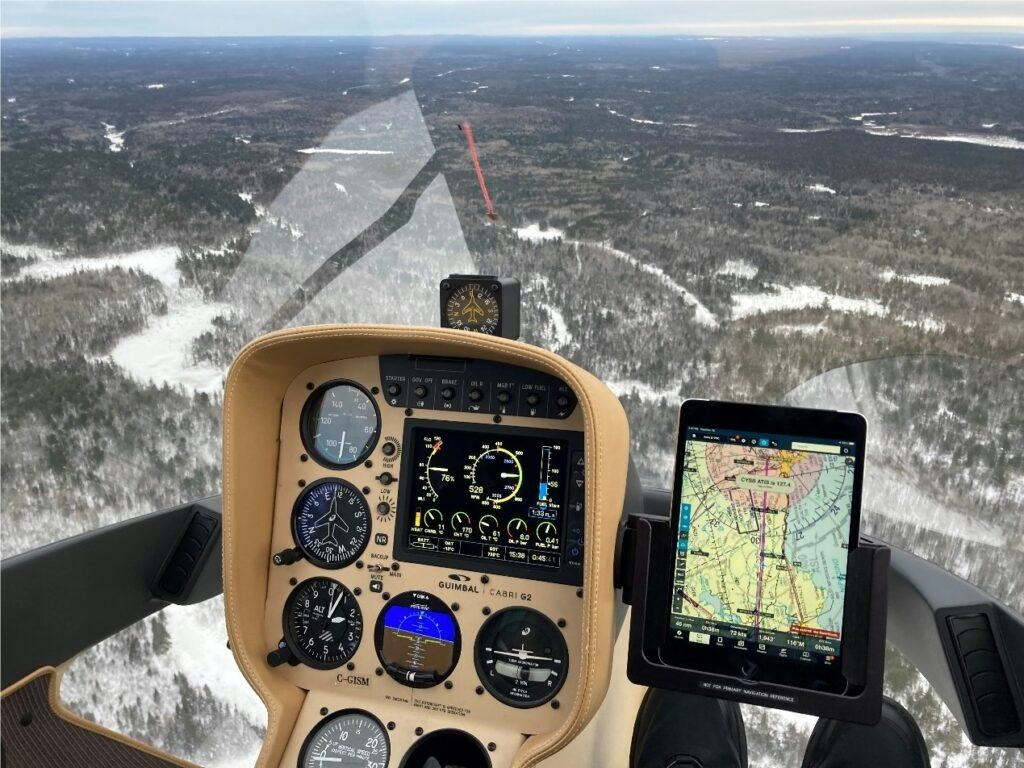
AeroGenie: Su copiloto inteligente.
Tendencias
Categories
Key Aviation Challenges for 2025: Cybersecurity, Supply Chain, and Sustainability
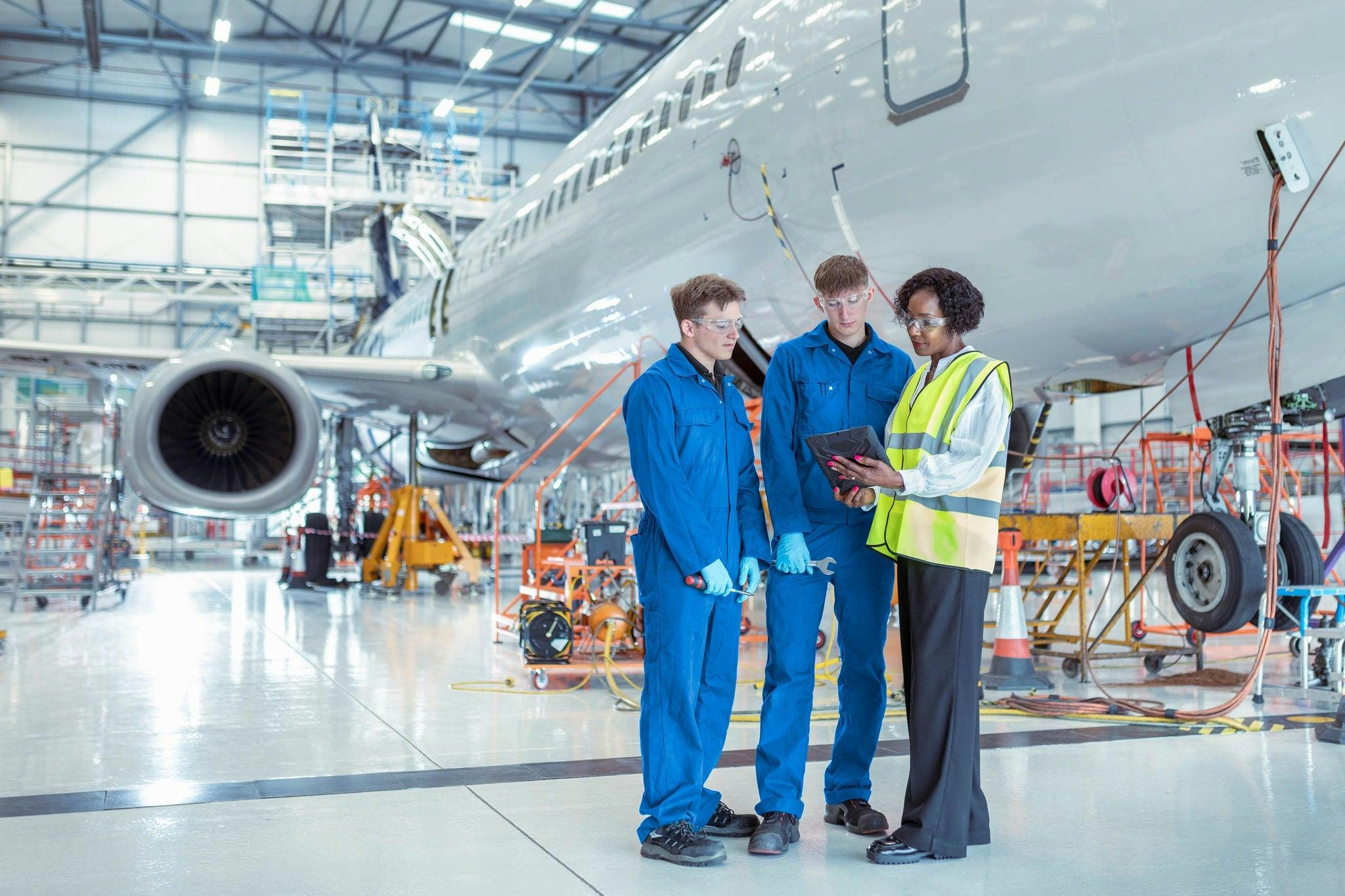
Key Aviation Challenges for 2025: Cybersecurity, Supply Chain, and Sustainability
The aviation industry continues to serve as a vital pillar of global connectivity, supporting approximately 86.5 million jobs worldwide, according to the report Aviation: Benefits Beyond Borders. In 2023, the sector was valued at $762.8 billion, reflecting its significant economic impact. However, as the industry recovers from recent disruptions, it confronts a complex array of challenges that threaten its stability and growth. Among the most pressing are escalating cybersecurity threats, ongoing supply chain disruptions, and the imperative to advance sustainability initiatives.
Escalating Cybersecurity Threats
Cybersecurity has emerged as the foremost risk facing aviation in 2025. The increasing digitization of airlines, airports, and air traffic management systems has expanded the sector’s vulnerability to cyberattacks. According to the Allianz Risk Barometer (2025), 38% of industry respondents now identify cyber loss as their primary concern, surpassing all other risks.
Recent incidents highlight the severity of these threats. Between 2023 and 2025, the Indian government reported over 465 cases of GPS spoofing and interference, affecting both surveillance and commercial flights and raising serious questions about navigation safety. In August 2024, a ransomware attack by the Rhysida group disrupted operations at Seattle-Tacoma International Airport, halting check-in and ticketing services for several days. Boeing also fell victim to a LockBit ransomware attack in 2023, which resulted in the leak of sensitive data after a $200 million ransom demand was refused.
The spectrum of cyber threats includes manipulation of avionics systems, GPS spoofing, breaches of passenger data, hacking of airline reservation platforms, and malware infiltrations targeting airport IT infrastructure. The recent grounding of Alaska Airlines due to a suspected technological failure further underscores the sector’s susceptibility. To mitigate these risks, aviation stakeholders must adopt comprehensive cybersecurity frameworks, invest in real-time threat detection technologies, and strengthen collaboration with international cyber defense alliances.
Supply Chain Disruptions and Aging Fleets
Supply chain challenges continue to impede aircraft deliveries and fleet modernization efforts. As of May 2025, Airbus reported a backlog of 8,617 aircraft orders, with nearly 89% concentrated in its A220 and A320neo models. Boeing faced 6,528 unfilled orders, 74.4% of which were for its 737 MAX jets. These delays have compelled airlines to operate older, less fuel-efficient aircraft, as the International Air Transport Association’s (IATA) 2025 forecast anticipates just over 1,600 new aircraft deliveries—significantly below global demand.
The aviation sector’s supply chain difficulties reflect broader industrial challenges, such as those experienced by Hyundai in its pursuit of net-zero emissions by 2045, hindered by logistical constraints. Low-cost and regional carriers are particularly vulnerable, often lacking the financial capacity to expedite fleet renewal. Geopolitical tensions have further exacerbated the situation, especially for European airlines, which have suffered profit declines due to restricted airspace and extended flight routes.
Sustainability: Progress and Investment Gaps
Sustainability remains a central concern for the aviation industry, yet progress toward greener operations is uneven. While there is growing momentum to reduce emissions and implement environmentally friendly technologies, investment shortfalls continue to limit widespread adoption. A recent DHL Express survey on shipping sustainability reveals a persistent gap between corporate ambitions and practical implementation, with many companies citing cost and infrastructure challenges as significant barriers.
As the aviation sector advances into 2025, addressing the intertwined challenges of cybersecurity, supply chain resilience, and sustainability will be critical to securing its future and maintaining its role in global connectivity.

Report Details Fiery History of McDonnell Douglas MD-11’s CF6 Engine
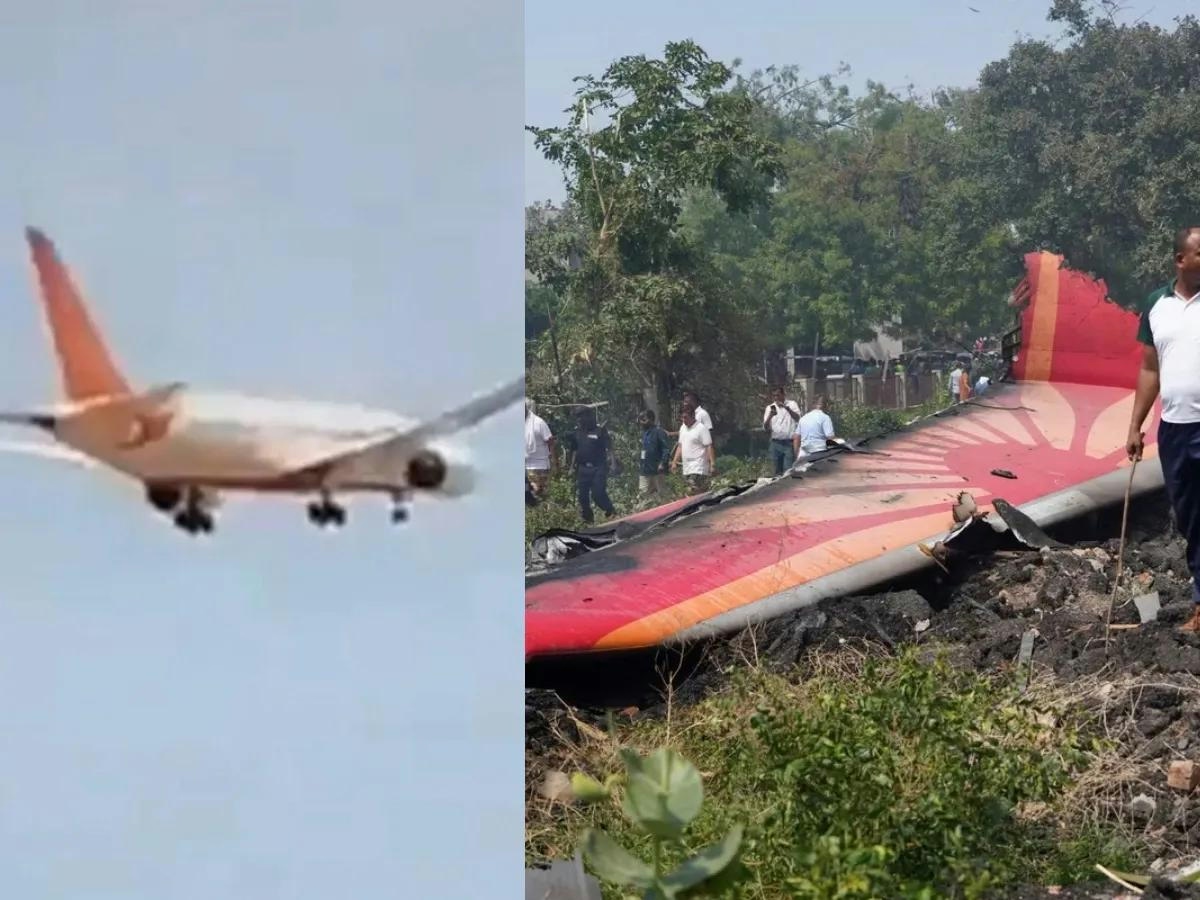
Supreme Court Rules Pilot Not Liable in Air India AI171 Crash
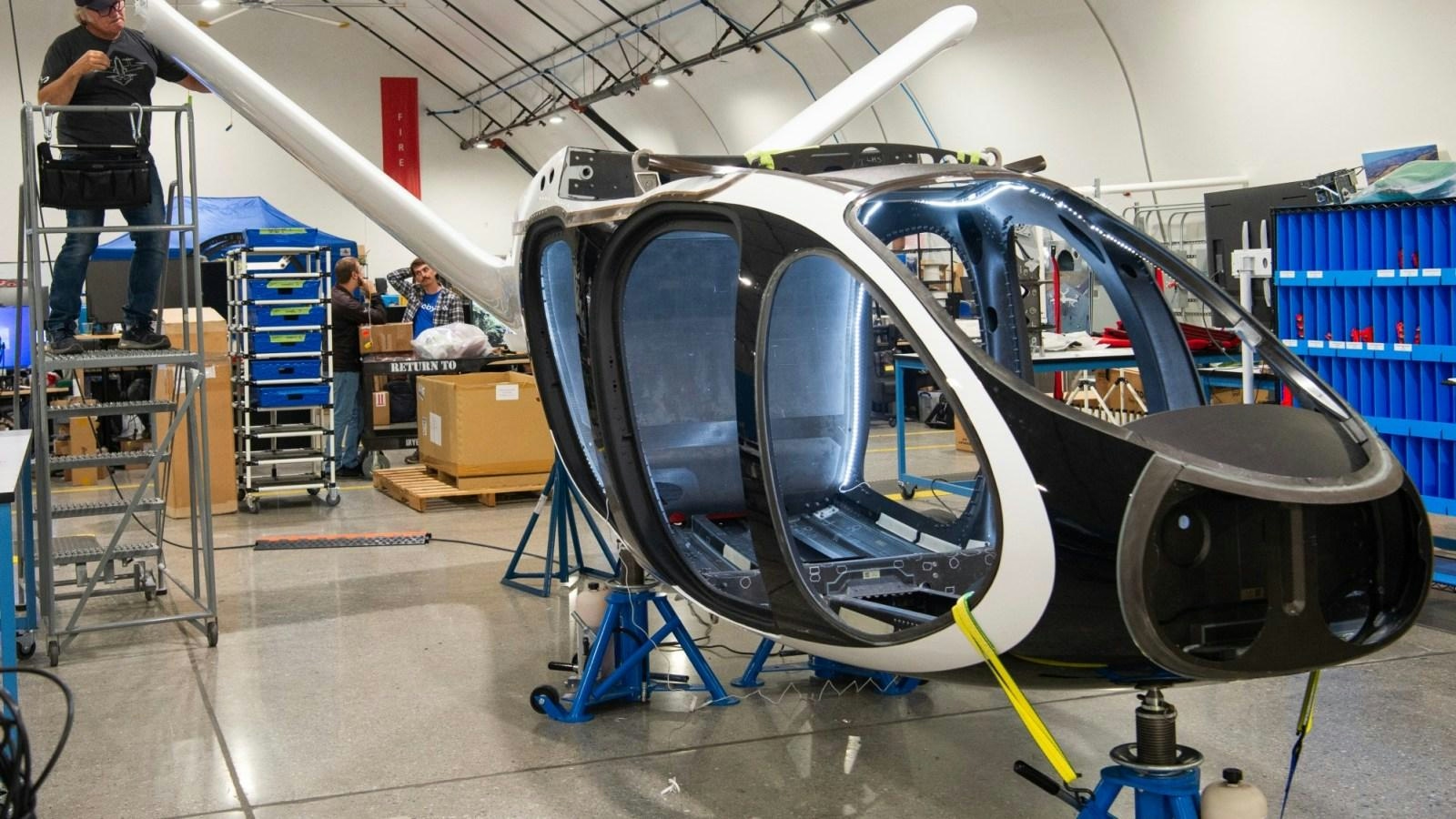
Huntington Beach Considers Vertical Taxi Pilot Program
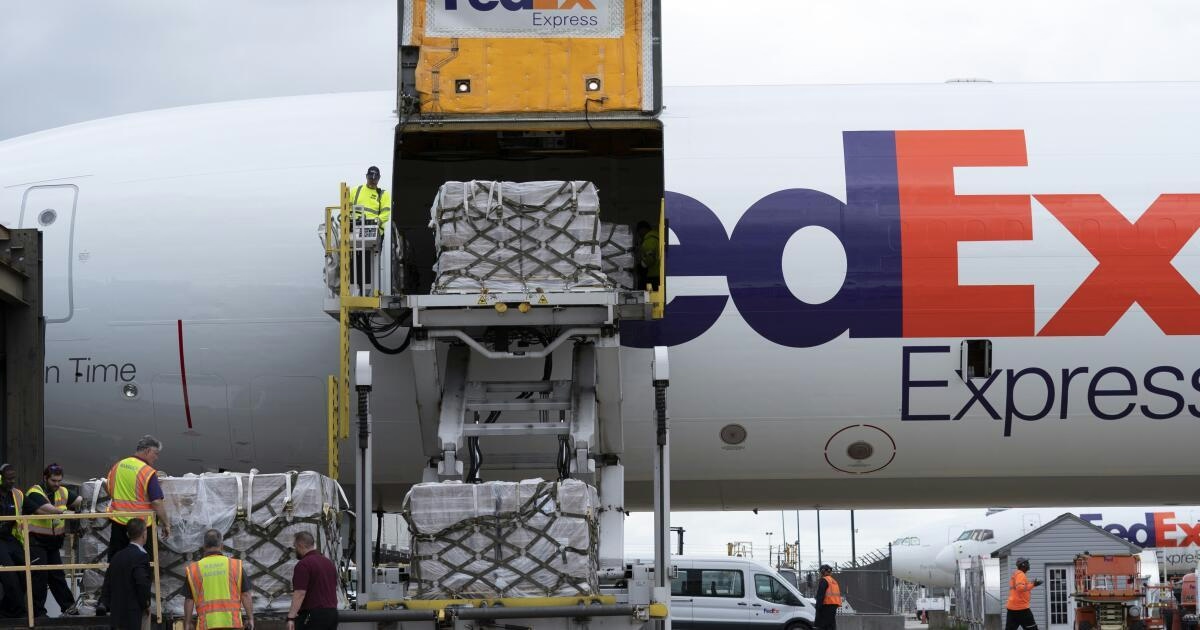
Flight Reductions Threaten Timely Delivery of Critical Goods to LAX and Other Airports
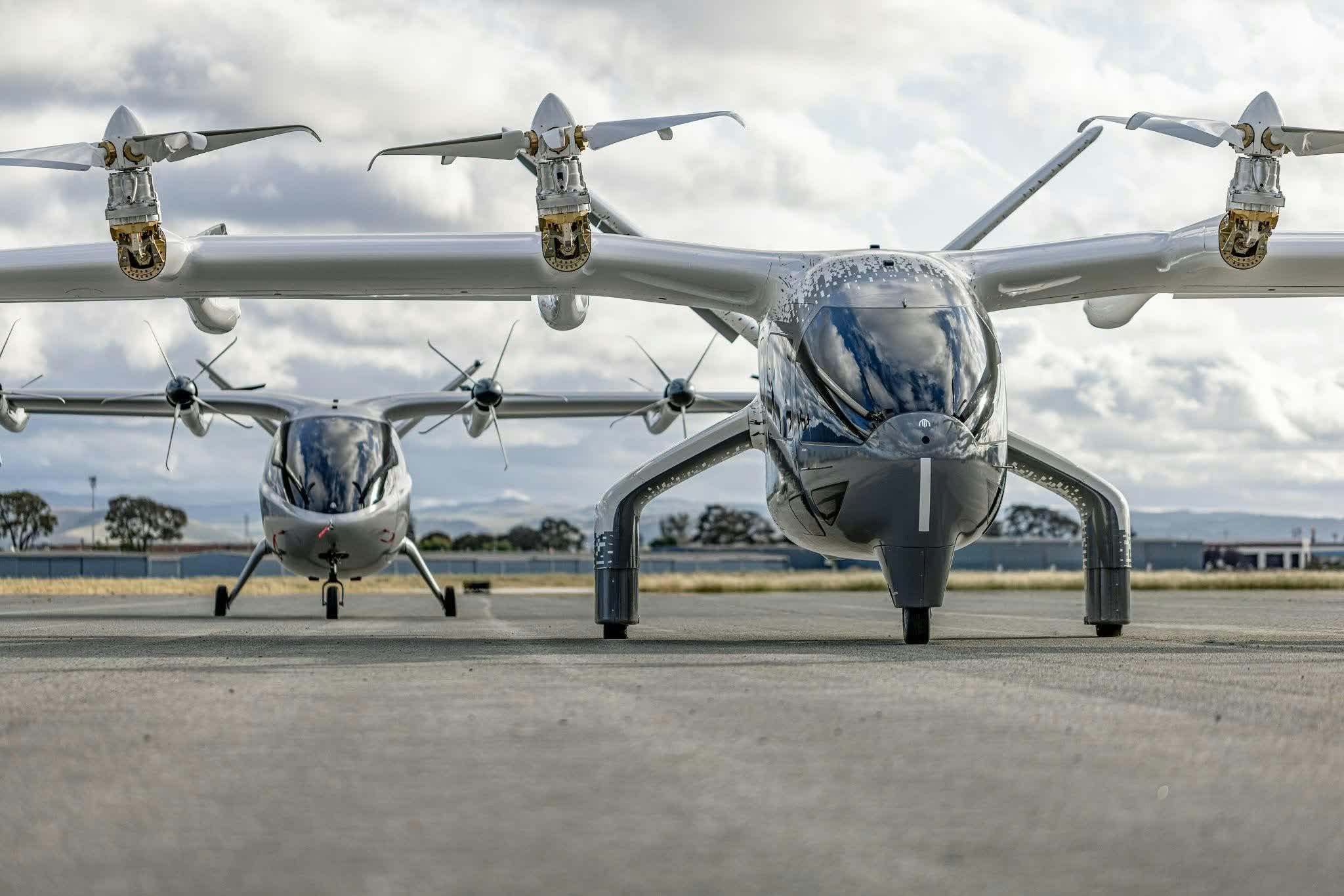
Archer Aviation Shares Decline Amid Market Volatility
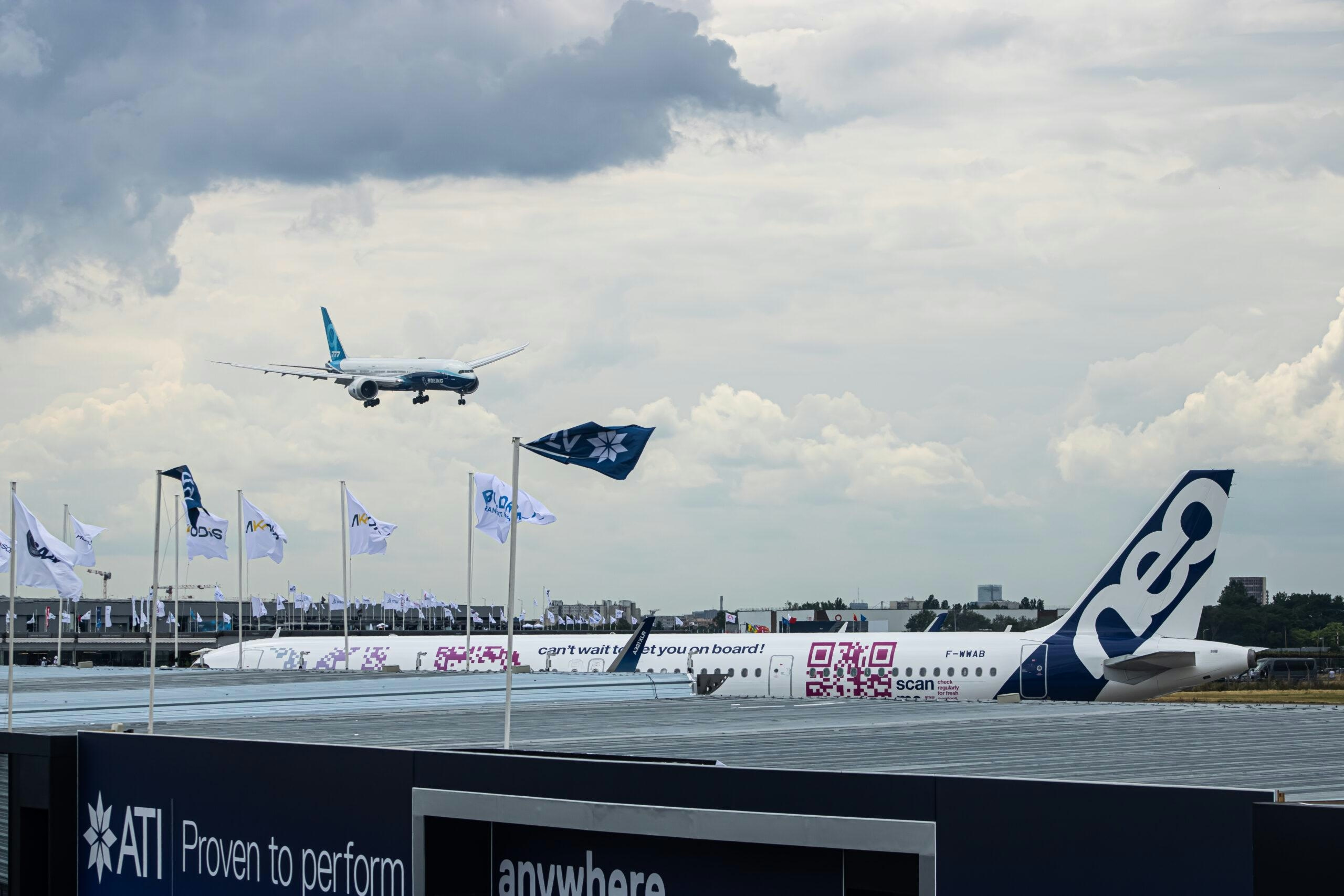
Airbus Secures Largest Aircraft Order of the Year
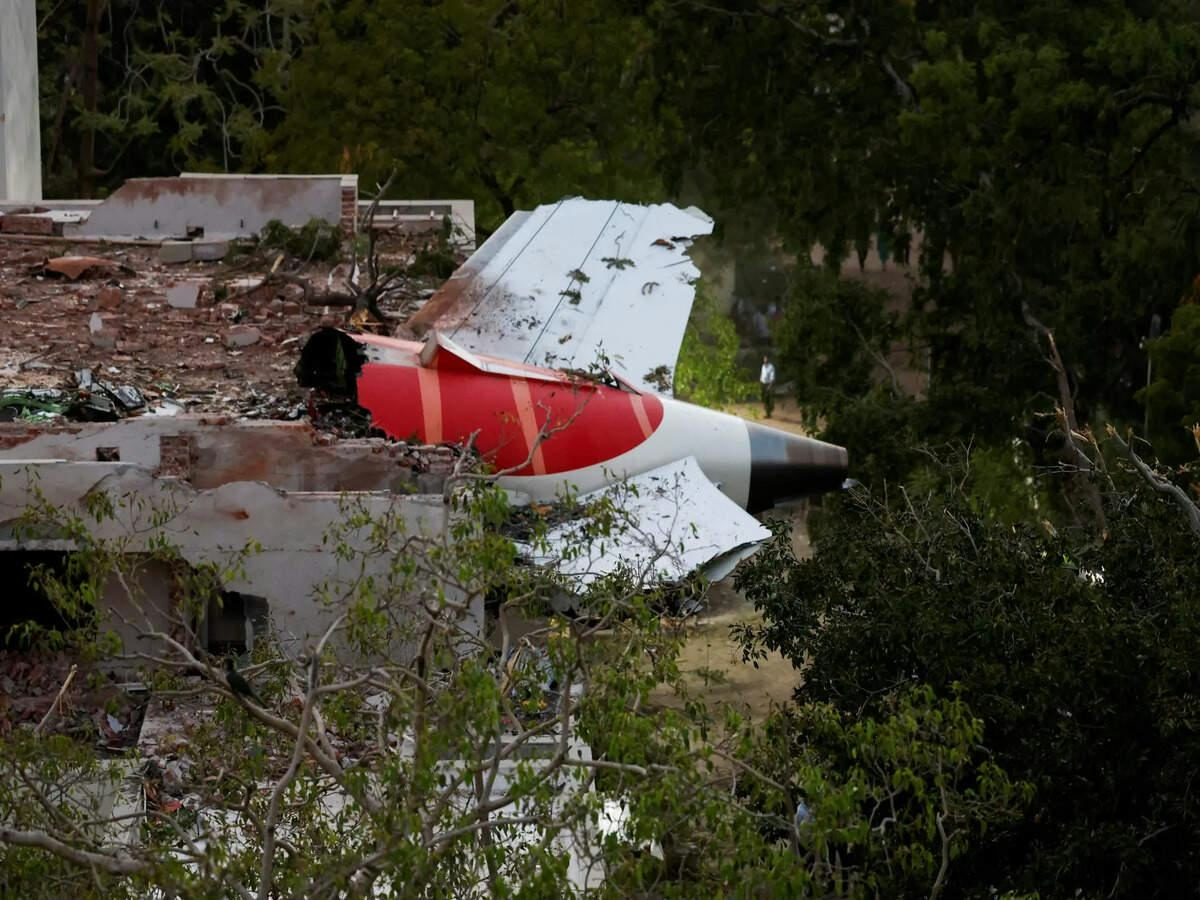
Debate Continues Over Responsibility for Air India Crash
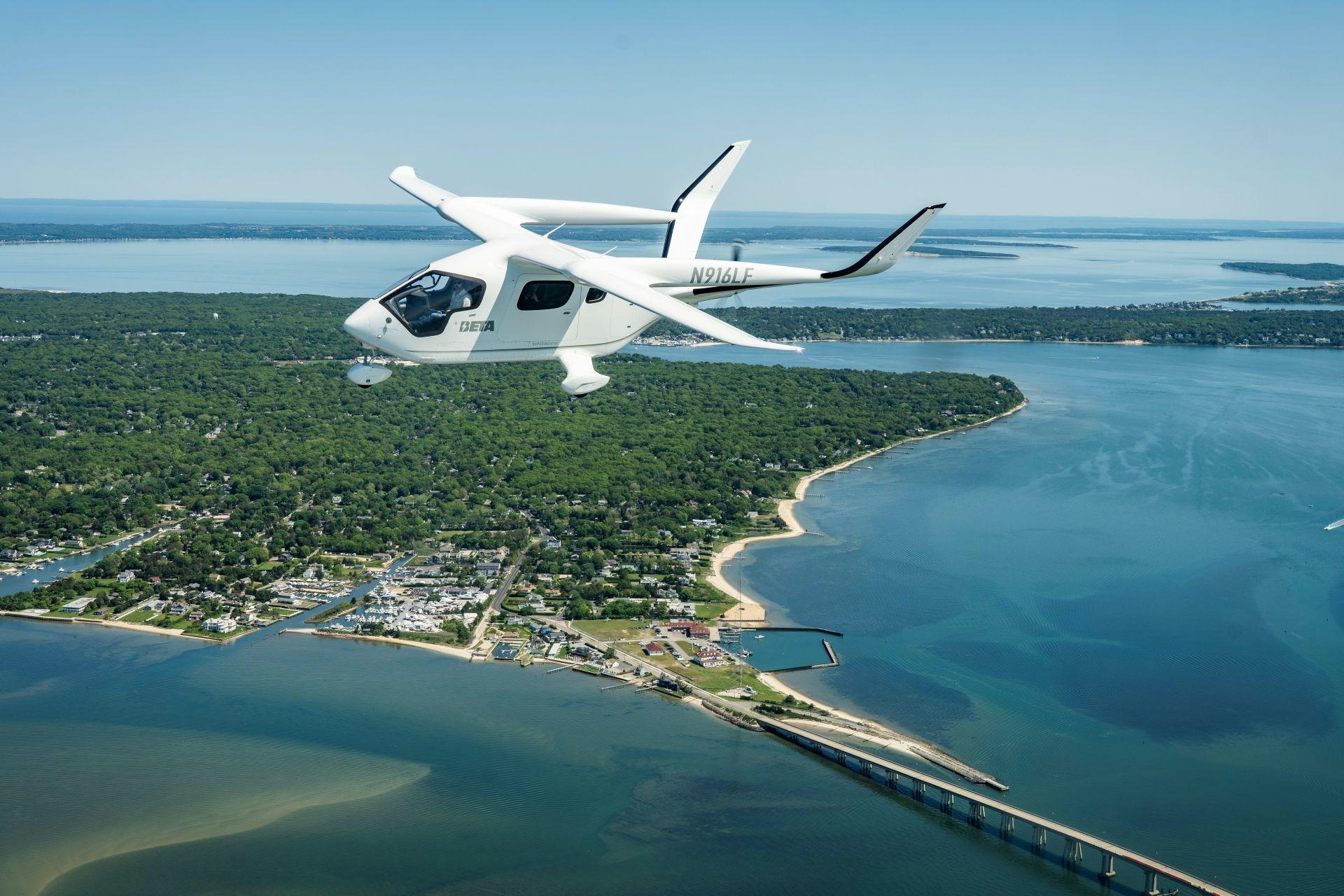
Beta Electric Aircraft May Join Signature’s Florida FBO Network

Rolls-Royce Unveils 1,000-HP Merlin-Powered Car Honoring Aviation Legacy
